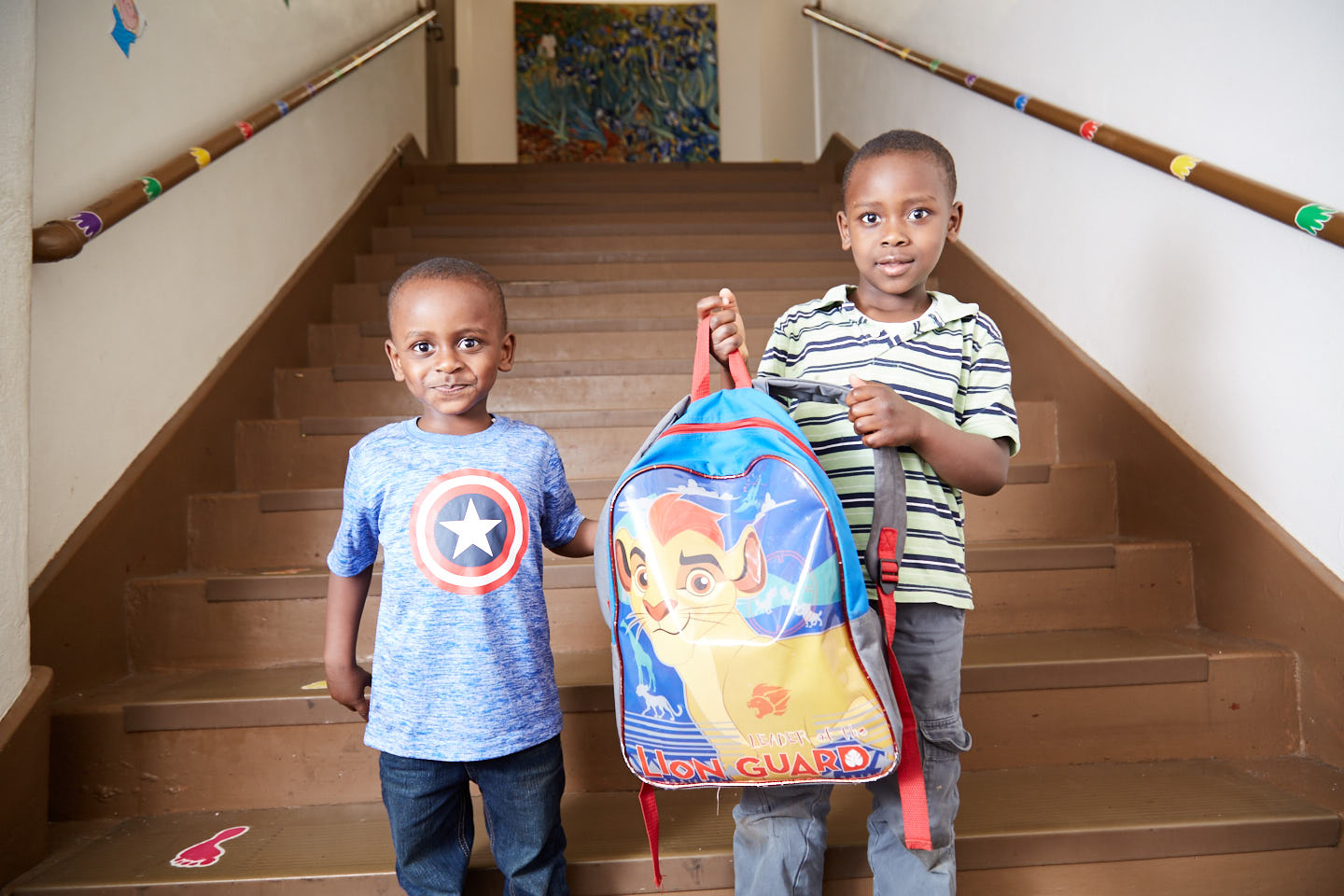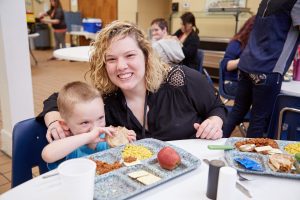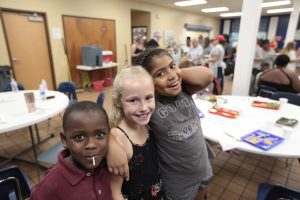
14 Aug “Back to School” for homeless children – Part 1
Imagine a 12-year old girl named Anne.
Anne’s family has been homeless for over a year. In this season, they’ve moved numerous times from family member to family member, shelter to shelter. She’s changed schools at least three times. The moves have been unexpected and rapid; as a result, Anne’s lost her backpack, most of her clothing, and all her textbooks. Once a solid “A” student, Anne has dropped so far behind that she needs to repeat 7thgrade. Her peers have picked up that she stays in a homeless shelter, and their teasing makes her dread going to school. She’s stressed, ashamed, exhausted, and withdrawn.
While Anne may be fictional, she’s an accurate representation of children facing homelessness.
Did you know that there are more than 5,000 homeless children in Marion County? It should be no surprise that homelessness bears severe ramifications for children—one of which is a disrupted education.

Consider these barriers to a quality education.
– Unstably housed families may relocate out of school district numerous times. For every new school, it takes months to catch up.
– Important documents (i.e. immunization records and birth certificates) required for school enrollment are often lost in sudden, frequent moves.
– An inability to pay school fees delays enrollment and prevents participation in extracurricular activities (like athletics, music, or art).
– Poor nutrition and hunger cause poor concentration in the classroom.
– Lack of transportation may lead to tardiness or absenteeism.
– Living in a shelter or doubling up with friends and family rarely offers adequate space and quiet for studying and homework.
– Chronic absence and/or delayed enrollment may cause children to fall behind, often forcing them to repeat grades and/or never graduate high school.
– Stress from instability and homelessness may lead to anxiety or behavioral issues.
…And I could go on.
So, what can be done?

Through vibrant collaborations between Wheeler’s Center for Women & Children, schools, outside community agencies, churches, and other friends and partners, we can help families and children like “Anne” restore educational stability and love of learning. Stay tuned in Part 2 to learn how we do that!